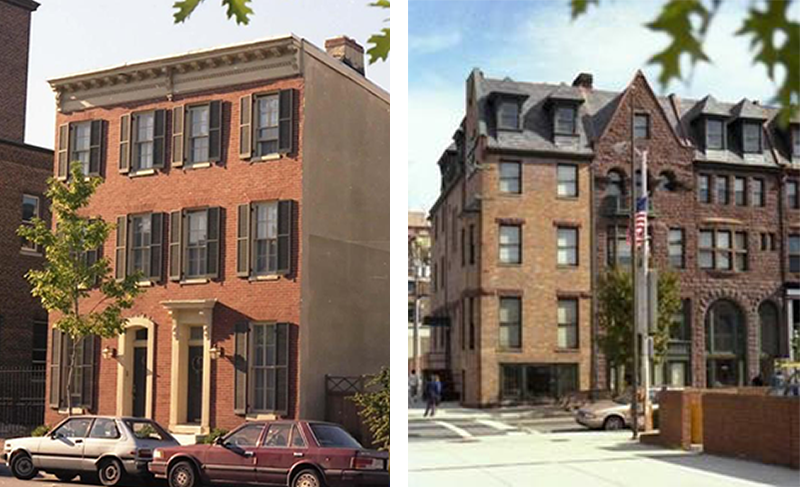Historic Preservation- Rehabilitation Design

Some of the costs for changes to these structures to extend their useful life may be aided by local and national rehabilitation tax credits. The caveat, however, is that these changes must be in compliance with guidelines established by the National Park Service, known as The Secretary of the Standards for Rehabilitation. All work must be approved in advance by the state Historic Preservation Office or local historic district commission. The goal is always to retain and extend historic fabric while introducing modern systems in an unobtrusive a manner as possible. On this page are a few of the projects I have worked with that have been approved for rehabilitation tax credits.
